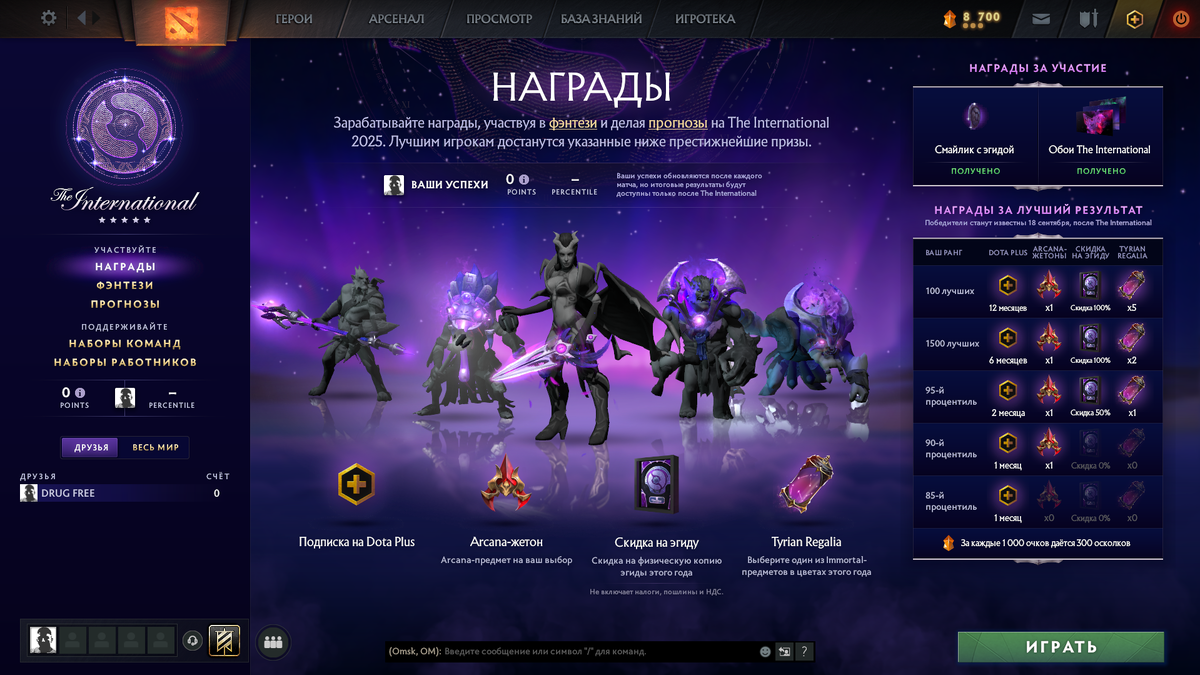The annual grand spectacle of Dota 2, The International, has long been synonymous not just with unparalleled competitive play, but also with its colossal prize pool—a sum largely fueled by community contributions through the Battle Pass or Compendium. As the anticipation builds for The International 2025, Valve has once again delivered a new iteration of its beloved digital companion. However, this year marks a notable departure from tradition, signaling a potentially significant shift in how the cornerstone of esports monetization is approached.
A Paradigm Shift: Free Content Takes Center Stage
For years, the Dota 2 community eagerly awaited the release of the Battle Pass, a tiered system packed with cosmetic rewards, seasonal game modes, and direct contributions to The International`s prize pool. The higher the tier, the more exclusive the rewards, encouraging players to spend not just on the initial pass, but on levels to unlock further content. This model, while wildly successful in generating record-breaking prize pools, often led to discussions about a “grindy” experience and a sense of obligation for players to purchase to fully engage with the event.
In a surprising move, Valve has reimagined the Compendium for TI2025. The core philosophy appears to be a pivot towards accessibility and a reduction in mandatory spending. Much of the content traditionally locked behind paywalls is now available to all players, free of charge. This bold step suggests a listening ear to community feedback, aiming to make The International experience more inclusive and less focused on direct monetization of core event engagement.
What Remains Purchasable? The Premium Offerings
While the broader experience is now more accessible, Valve hasn`t entirely abandoned avenues for players to support the game, teams, or casters. The new Compendium still offers premium items for purchase, albeit in a more curated fashion:
- Team and Caster Support Bundles: These packages allow fans to directly support their favorite professional teams and beloved broadcast talent. These bundles typically include exclusive in-game stickers, player and caster autographs, and unique chat wheel phrases. For the dedicated fan, these items offer a personal connection to the competitive scene and a way to contribute beyond mere viewership.
- The Aegis Replica: The coveted Aegis of Champions, the physical trophy awarded to The International winners, holds immense symbolic value. For the most ardent collectors and supporters, Valve has announced the availability of a physical, limited-edition souvenir replica of the Aegis. Priced at $150, this high-end collectible caters to a niche audience willing to invest significantly in a tangible piece of Dota 2 history. It`s an interesting strategy: offer core digital content for free, but provide a premium, collectible physical item at a substantial price point.
The decision to offer the Aegis replica separately, with a price tag that might raise an eyebrow or two, is a classic Valve move – offering something truly premium for those who desire it, without tying it into the general progression system. It’s a clear statement that while much is free, exclusive luxury items will still command a premium.
Implications for the Prize Pool and Future Monetization
The immediate question on many minds is the fate of The International`s prize pool. Historically, a significant portion of the Battle Pass sales directly contributed to the tournament`s overall winnings, regularly shattering esports records. With a largely free Compendium, the prize pool`s growth mechanism has fundamentally changed. It implies that future prize pools may rely more heavily on direct sponsorship, potentially a base fund from Valve, and the specific sales of the mentioned support bundles and the Aegis replica.
This new model could represent an interesting experiment in esports monetization. Is it possible to maintain the prestige and financial allure of The International while simultaneously making the accompanying content more accessible? Valve seems to be betting on the sustained engagement of its player base and the willingness of dedicated fans to support the ecosystem directly through targeted purchases, rather than through an overarching `pay-to-progress` system.
Only time will tell how this new approach impacts both player engagement and the monumental prize pools The International is renowned for. But one thing is clear: Valve is not afraid to iterate and redefine the very structures that have long defined competitive Dota 2.

